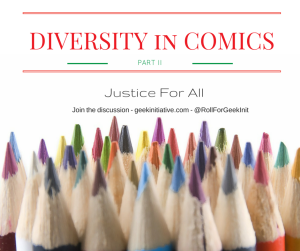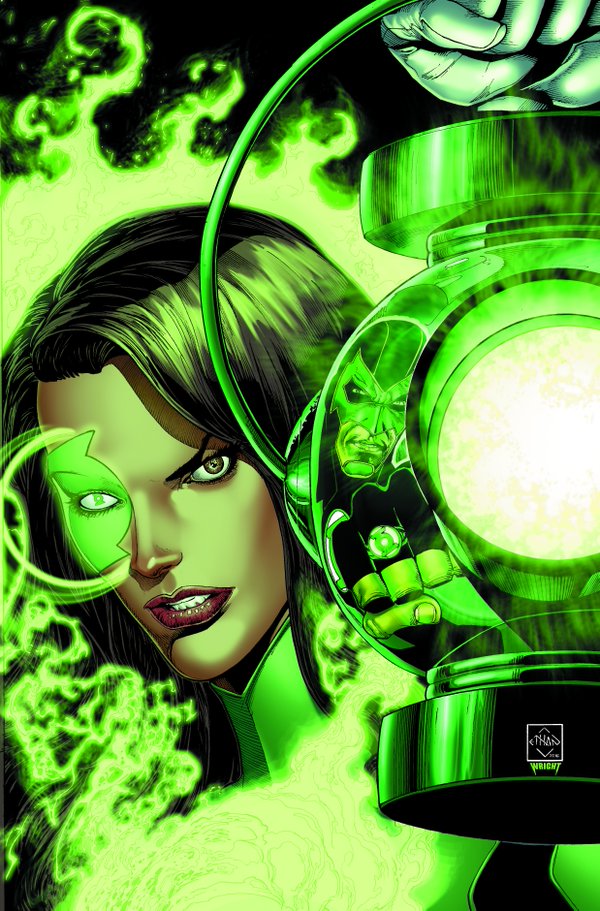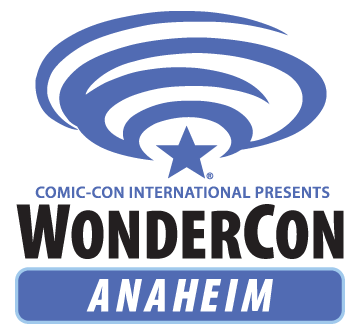 Welcome to The Geek Initiative’s three-part series about diversity in comics. This series explores feelings surrounding a wider representation in current comic books. For more perspectives on this issue, see part I and part III.
Welcome to The Geek Initiative’s three-part series about diversity in comics. This series explores feelings surrounding a wider representation in current comic books. For more perspectives on this issue, see part I and part III.
I have been reading comics since I was both old enough to read and savvy enough to sneak into my parents’ room and crawl under their bed when they weren’t paying attention.
My father, with dreams of being a comic illustrator, had a veritable treasure trove of comic books hidden in plastic trundle bins under his bed. Graphic novels, the cheap shit you buy from the boxes, superhero series, and seventies pulp were at my sticky fingertips when I had the courage to subvert my mother’s “They’re not age appropriate” warnings and watchful eyes.
I never noticed the races of characters at that age, for me the She-Hulk was just “green,” Iron Man was metal, and Batman was black. I skipped over the pages of their alter egos and personal drama in favor of the fight scenes, the banter between hero and villain, and the technology (oh the tech!). The personal life of Peter Parker, teen, while it fascinates me now, never used to hold my attention.
In the past few decades, comics have begun to take a front seat to our visual media, starting with the massive box office support of X-Men and most recently hitting its apex with the epic Marvel Avengers series and a spate of [some] beautifully written DC shows. It’s understandable that one would spend years predicting the look of a hero they’ve seen every week for years on-end only to be disappointed with the reality of casting and Hollywood.
Critics Question Diversity in Comics
Even with that in mind it’s still disheartening to see that the fundamental questions asked with the new generation of comics and film have a tendency to revolve less around the quality of writing and production we’re being given; more often critics dance with the topic of the color/gender/religion of the new egos; Why does Nick Fury have to be black in the Ultimates series? Why does Thor have to be a woman? Muslim Ms. Marvel? F’real? – Why can’t we just MAKE MORE HEROES?!?
At the end of the day it comes down to a simple formula:
Because I’m probably not going to watch or read a new hero – and neither are you.
The time, energy, and money it would take to publish new characters, push them on the convention circuits, wait for them to get big (or not), and finally have enough content to make a series of bankable films off of it, they could just have taken the chance on making a movie with an already established character and give a minority actor the recognition he deserves (as equally as an actor who matches the illustration).
The alternative isn’t much better – casting off of already established characters. Most people I know get to Black Panther and Storm and tend to stop. Minorities as protagonists in the seventies were few and far between; the eighties and nineties were a time when the market was flooded with hundreds of new characters, but few were known for being well crafted or designed giving women, minorities, and various religions very few decent characters to pull from.
Sometimes, They Get It Right
At the end of the day I’m happy when Hollywood casts the right actor instead of the right colored actor. I’m happy that Diana of Themyscira is no longer the Justice League’s secretary. I’m happy to see Marvel publish its first Muslim headliner. And I’m happy to see more minorities take the spotlight in print and film even if it means taking the cape away from a couple of Caucasian alter egos.
Superheroes are no longer the color of their skin. They are the core values the writers originally intended for young children to aspire to. In this new universe everyone can be stalwart, everyone can seek justice, and everyone can kick a little ass. That’s pretty cool in my book.
Do you agree with Kori about the burgeoning diversity in comic books? Leave a comment and let us know! And don’t forget to check out part I and part III in The Geek Initiative’s Diversity in Comics series.





